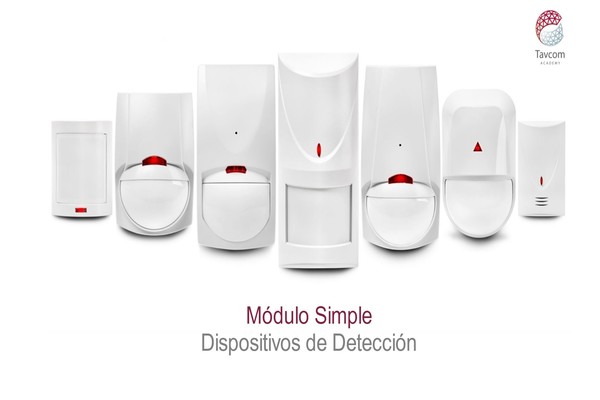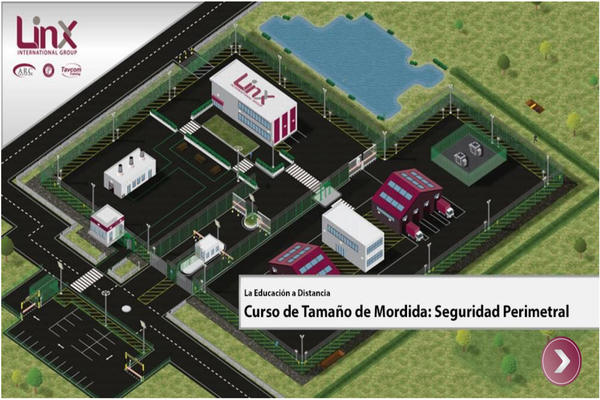
Online Learning In today’s world it is essential that organisations recognise and prepare for potentially disastrous events. This starts with a true exploration of risk. Whether fire, flooding, terrorism or other potentially devastating events, organisations need to recognise the risks and be prepared to handle both crises and disasters as part of an effective continuity strategy. The aim of this course is to show you how to identify threats and prepare and plan effectively. The course will provide a broad spectrum of knowledge relating to risk, crisis and disaster management within organisations, including the composition and operation of the Crisis Management Team. Core content The importance of risk management The risk culture Risk communications The business impact analysis (BIA) Business continuity planning The elements of crisis management Formation of the crisis management team (CMT) CMT operations Command and control Structure (bronze, silver and gold) Contingency planning Liaison with the emergency services Assessment method At the end of each module, learners will undertake a learning confirmation quiz enabling them to progress to the next module. Assessment is via a workbook and a written case study, designed to enable learners to demonstrate their knowledge of the learning outcomes. Learners have 6 months in which to complete the course and submit assessments. Enrolment This course is facilitated in a separate elearning platform.You will receive an email within 2 working days from [email protected] with details of how to access the PerpetuityARC Training eLearning platform and start your course. If you have not received the email within the specified time, please email: [email protected] for assistance. Read more

Los dispositivos de detección son componentes que se utilizan para detectar intrusiones y, en ocasiones, también pueden denominarse sensores. Deben ser capaces de detectar confiablemente a los intrusos y exhibir una alta resistencia a las activaciones falsas. Este módulo cubrirá los aspectos básicos de los dispositivos de detección y mantendrá alarmas de intrusión. Específicamente, este curso de Bite Size analizará qué son los dispositivos de detección, su función, detección de perímetro, detección volumétrica, clasificación del sistema, clases de entorno, supervisión, tecnologías de dispositivos de detección, operación, instalación, administración de falsas alarmas y confirmación secuencial. Read more

Este Curso de Tamaño de Mordedura explora los aspectos esenciales de la administración de riesgos de seguridad, incluida la matriz de riesgos, la identificación de amenazas, activos y vulnerabilidades, así como las medidas prácticas para ayudar a crear un plan integral. Read more

Many CCTV systems do not offer high quality pictures because the correct lens has not been specified at the survey stage. In order to appreciate the role of a lens it is necessary to understand: Fixed and variable focal lengths Manual and auto-iris lenses Depth of field Lens filters Back focusing and the role of a zoom lens Automatic Electronic Shuttering (AES) Varifocal lenses Aspherical lens Zoom lenses IR (Infrared) lenses Megapixel lenses If you would like to learn more about this fascinating subject, at the end of this module we offer you an exclusive 10% discount off our CCTV over IP Networking course. Read more

En este curso, aprenderá más sobre Seguridad Perimetral a medida que explore puntos críticos dentro de una de las muchas instalaciones privadas de Linxville. Como este curso Simple (Bitesize) se centra en la Seguridad Perimetral, se lo guiará a través de todos los elementos necesarios para garantizar que comprende: • El propósito de la seguridad del perímetro. • La gama de tecnologías disponibles. • Los principios básicos involucrados en el diseño, desarrollo y mejora de un sistema de seguridad. Read more

• Una parte central de la etapa de planificación de la seguridad es decidir qué activos están en riesgo, qué (o quién) es la amenaza y cómo están protegidos o no los activos. • Hemos examinado el proceso básico de análisis de riesgos y las diversas estrategias de mitigación de riesgos. • Ahora debemos analizar la metodología para evaluar el nivel de protección requerido, utilizando una combinación de personas, procedimientos y hardware. Read more
Shopping Cart
Your cart is empty
